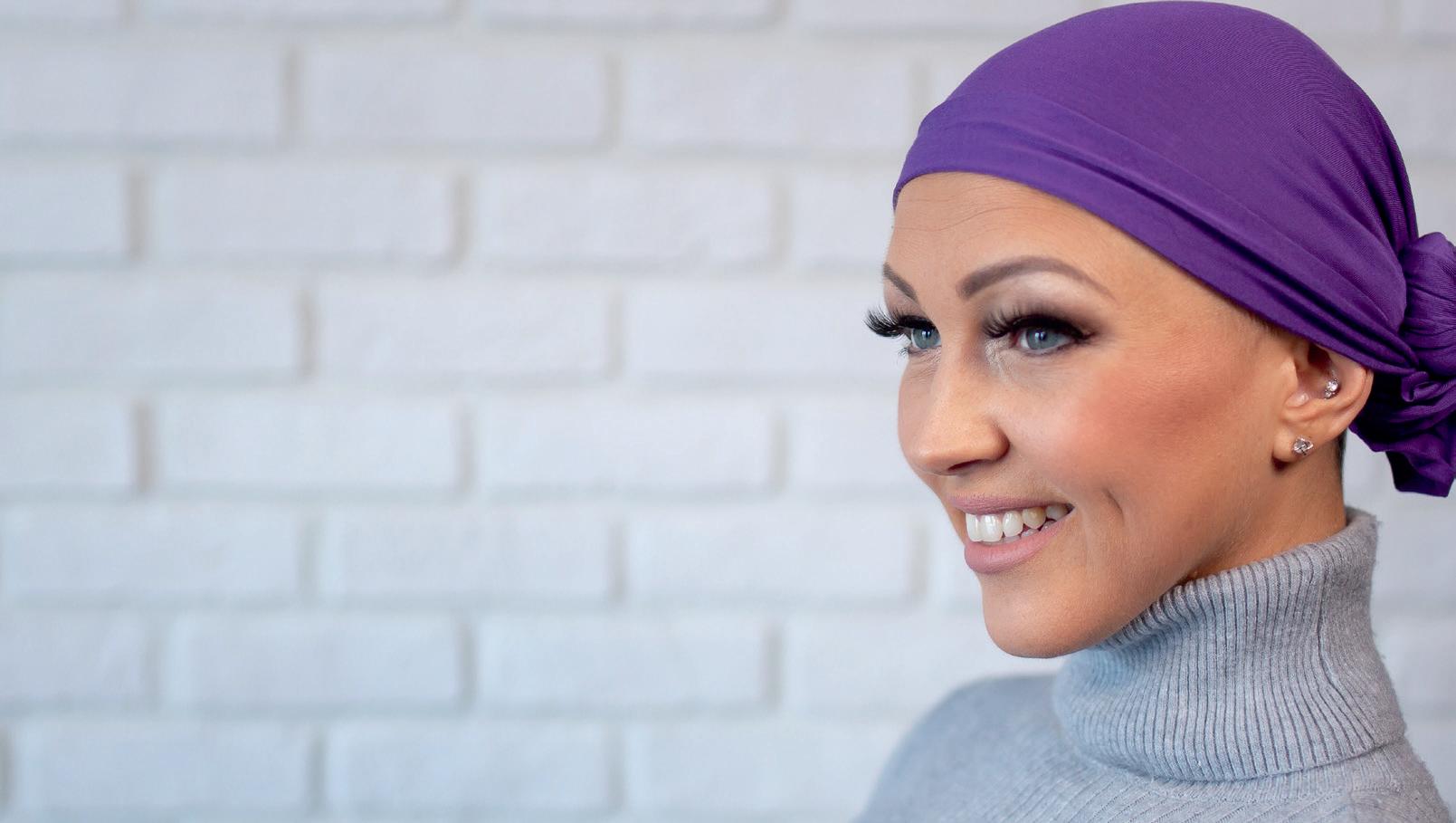
2 minute read
THE LOOK GOOD FEEL BETTER GUIDE TO SELF-CARE
ONE of the most challenging aspects of a cancer diagnosis is the loss of identity that comes with it. For a woman, she is no longer the daughter, sister, friend—she is the cancer patient. It can rob her of her sense of self.
For almost 30 years, Look Good Feel Better has been helping women and teen girls facing the difficult cancer journey feel more like themselves again.
Body image is a critical psychosocial issue for patients with cancer because they often undergo significant changes to their appearance. Hair loss, skin changes, and scarring can all have negative implications on short-term and longterm quality of life.
At the heart of the Look Good Feel Better program are complimentary workshops which address the appearance-related impact of cancer and its treatment while offering women a welcoming sense of community, where they can connect with other women facing similar challenges.
Self-care is important at all times, and especially during times of increased anxiety and stress. Connecting with friends through programs like Look Good Feel Better is a great way to unwind, share stories, insights, and even laughter during a difficult journey.
Read on for Look Good Feel Better’s must-know sun, makeup hygiene, and skincare tips!
SKINCARE TIPS
Your skin can go through many changes during treatment, so you may need to change your regular routine.
■ Keep your skincare routine as simple as possible—use a gentle cleanser, a moisturizing cream, and protect with sunscreen.
■ Look for skincare products that are hypoallergenic & fragrance-free.
MAKEUP HYGIENE TIPS
■ During treatment, your immune system is not as strong, so makeup hygiene essential. Keep bacteria out of your products by using disposable applicators such as cotton balls, sponges, cosmetic pads or mini spatulas.

SUN PROTECTION TIPS
Sunscreen is a must for every day–whatever the weather. Sunscreen is even more important when you are in treatment, as some drugs make your skin more sensitive to sunlight.
■ Choose a sunscreen that delivers both UVA and UVB broad-spectrum protection in SPF 30 or higher.
■ For sensitive skin, mineral sunscreens may cause less irritation.
■ Apply sunscreen daily and liberally to all exposed skin, including lips, ears, scalp, sides and back of the neck, and the chest.
■ Apply at least 20 minutes before going outside.
■ If you moisturize first, wait 5 minutes or until the moisturizer is absorbed before applying sunscreen.
Feel more like yourself again.
Join the complimentary LOOK GOOD FEEL BETTER workshops for women and teens facing cancer.
Visit LGFB.CA for more resources and to register.
@LGFBCanada | LGFB.CA | 1.800.914.5665











